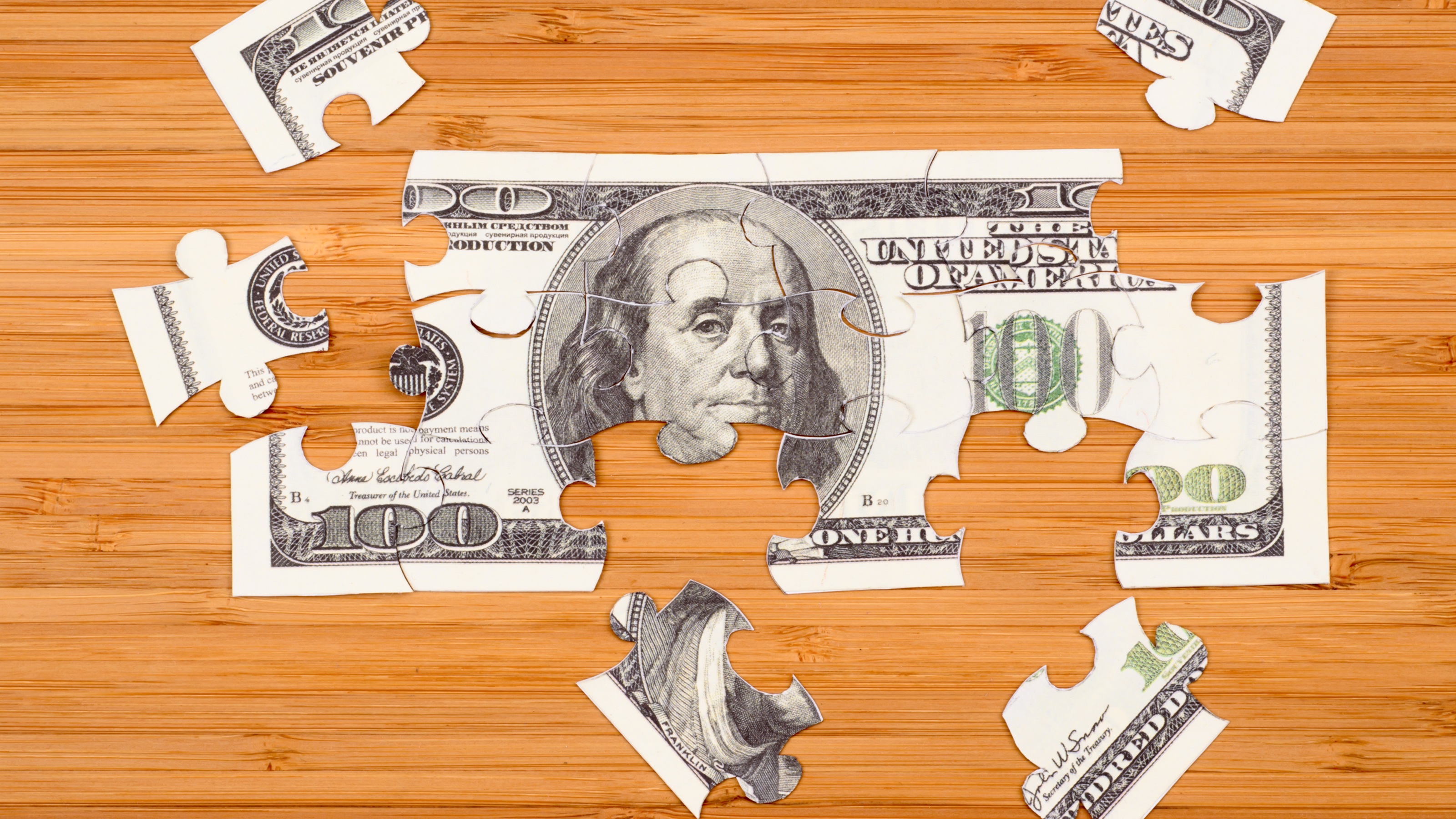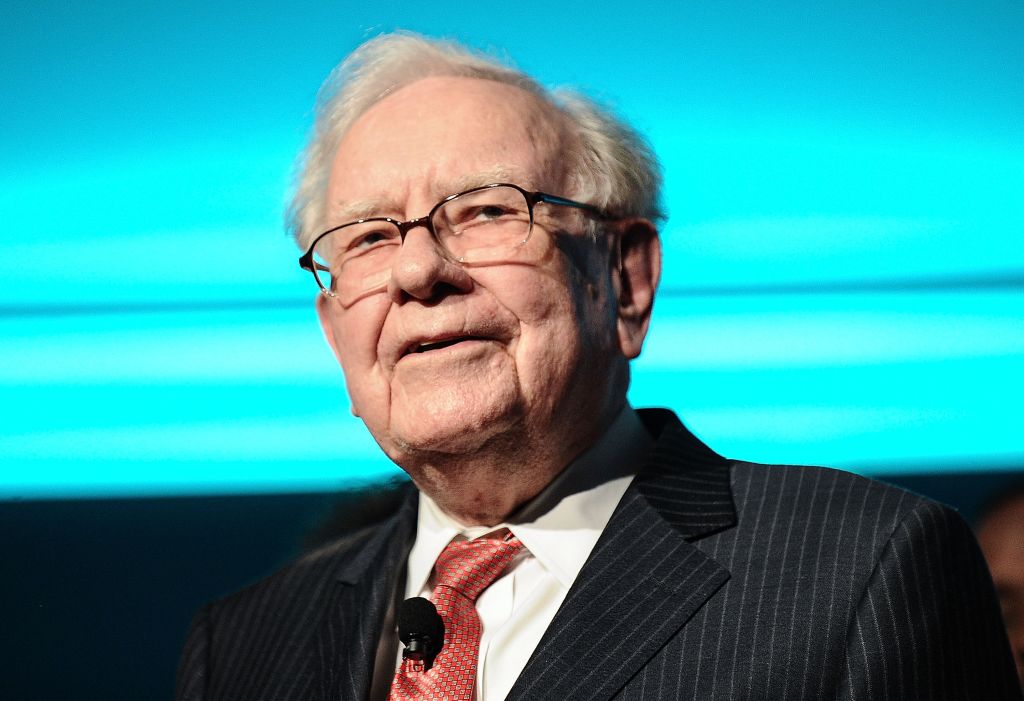When Will the Bull Market End?
No one knows for sure, of course, but mark your calendar for the summer of 2018.


As the second-longest bull market in history makes its way into its ninth year, many investors are understandably asking: When will it end? We’d all be rich if there was a foolproof way to figure that out. But we can make some educated guesses.
One thing to remember is that bull markets don’t die of old age alone. Something’s got to kill them. And the surest weapon is a recession. That’s not always the case. There have been bear markets without a recession, as the crash of 1987 shows. But many of the worst downturns have been accompanied by a recession – or, more accurately, followed by one. The Great Recession, which began in December 2007, was preceded by the start of a bear market in October of that year that went on to lop 57% off stock prices. The recession that began in March 2001 followed a March 2000 market peak that initiated a 49% stock decline.
False alarms are frequent, says economist and market strategist Ed Yardeni, of Yardeni Research. “The next bear market will start when the market anticipates the next recession – and turns out to be correct. The market has anticipated lots of recessions since 2008 that have turned out to be buying opportunities,” says Yardeni.

Sign up for Kiplinger’s Free E-Newsletters
Profit and prosper with the best of expert advice on investing, taxes, retirement, personal finance and more - straight to your e-mail.
Profit and prosper with the best of expert advice - straight to your e-mail.
When recessions do pair with stock market peaks, they can do so immediately, as with the concurrent start of the recession and bear market of July 1990, or they can lollygag more than a year behind. On average, recessions begin 7.7 months following a stock market peak, according to market research firm InvesTech Research.
If we only knew when the next recession would begin. Well, Yardeni has a date in mind: March 2019. He bases his determination on the average number of months the economy has continued to expand after it has reached its previous peak, going back to the early 1970s. Counting from November 2013, which is when the economy finally surpassed its 2007, prerecession peak, Yardeni arrives at March 2019.
The date is not an official forecast, says Yardeni, who adds that it comes with no guarantees and plenty of questions. “What do we know today that suggests that March 2019 is a realistic date, or that a recession will come sooner or later? Right now, March ’19 looks realistic,” says Yardeni. “But if pressed,” he adds, “I’d say it might be later.” If the economic cycle sticks to the averages and if the stock market does, too – both big “ifs” – then investors should look for a market top around August of next year.
4 signs of recession
Sam Stovall, chief investment strategist at investment research firm CFRA, looks at four indicators when he’s searching for a recession on the horizon. Every recession since 1960 has been preceded by a year-over-year decline in housing starts, says Stovall. The dips have ranged from a 10% decline to a drop of 37%, and they have averaged 25%. The most recent report on housing starts showed a decline of less than 3%. “So we’re on yellow alert, not red,” says Stovall.
Consumer sentiment is another signpost. Before a recession kicks in, you’ll typically see an average decline of 9% in the University of Michigan’s monthly sentiment index compared with the previous year, says Stovall. Current reading: up 2.4%.
A drop over a six-month period in the Conference Board’s Index of Leading Economic Indicators means trouble, too, with declines of 3%, on average, registering ahead of an economic downturn. Latest six-month change: up 3%.
Finally, when yields on 10-year bonds dip below the yields on one-year notes – known as an inverted yield curve – look out, says Stovall. Ominously, long-term rates recently have been under pressure while the Federal Reserve pushes short-term rates higher. “We’re getting a flatter yield curve, but nowhere near an inversion,” says Stovall. His conclusion: No recession is in sight.
Before you fixate on the twin risks of recession and a bear market, ponder a third risk – exiting a bull market too early. The payoff in the final year of a bull market is historically generous, with returns, including dividends, averaging 25% in the final 12 months and 16% in the final six months.
Nonetheless, investors have every right to ratchet up the caution level at this stage of the game. Now is a good time to make sure your portfolio reflects your stage in life and your risk tolerance. Stick to a regular rebalancing schedule to lock in gains and maintain the appropriate balance between stocks, bonds and other assets, domestic and foreign. And whatever you do, make sure your portfolio is where you want it to be before you go on summer vacation next year.
Profit and prosper with the best of Kiplinger's advice on investing, taxes, retirement, personal finance and much more. Delivered daily. Enter your email in the box and click Sign Me Up.

Anne Kates Smith brings Wall Street to Main Street, with decades of experience covering investments and personal finance for real people trying to navigate fast-changing markets, preserve financial security or plan for the future. She oversees the magazine's investing coverage, authors Kiplinger’s biannual stock-market outlooks and writes the "Your Mind and Your Money" column, a take on behavioral finance and how investors can get out of their own way. Smith began her journalism career as a writer and columnist for USA Today. Prior to joining Kiplinger, she was a senior editor at U.S. News & World Report and a contributing columnist for TheStreet. Smith is a graduate of St. John's College in Annapolis, Md., the third-oldest college in America.
-
 Georgia Could Be Latest State to Eliminate Income Taxes
Georgia Could Be Latest State to Eliminate Income TaxesState Tax Eliminating the Georgia state income tax: Last-minute summer trend or permanent policy?
-
 Biggest Winners and Losers in Trump's New Tax Plan
Biggest Winners and Losers in Trump's New Tax PlanTax Law Trump’s mega tax overhaul, known as the ‘One Big Beautiful Bill,’ has distinct winners and losers. Which group do you fall into?
-
 Are Buffett and Berkshire About to Bail on Kraft Heinz Stock?
Are Buffett and Berkshire About to Bail on Kraft Heinz Stock?Warren Buffett and Berkshire Hathaway own a lot of Kraft Heinz stock, so what happens when they decide to sell KHC?
-
 How the Stock Market Performed in the First 6 Months of Trump's Second Term
How the Stock Market Performed in the First 6 Months of Trump's Second TermSix months after President Donald Trump's inauguration, take a look at how the stock market has performed.
-
 If You'd Put $1,000 Into Berkshire Hathaway Stock 20 Years Ago, Here's What You'd Have Today
If You'd Put $1,000 Into Berkshire Hathaway Stock 20 Years Ago, Here's What You'd Have TodayBerkshire Hathaway is a long-time market beater, but the easy money in BRK.B has already been made.
-
 If You'd Put $1,000 Into Procter & Gamble Stock 20 Years Ago, Here's What You'd Have Today
If You'd Put $1,000 Into Procter & Gamble Stock 20 Years Ago, Here's What You'd Have TodayProcter & Gamble stock is a dependable dividend grower, but a disappointing long-term holding.
-
 My Three-Day Rule for Investing: And If it Applies Now
My Three-Day Rule for Investing: And If it Applies NowStock Market I've seen a lot in my career. Here's what I see now in the stock market.
-
 Is It Time to Invest in Europe?
Is It Time to Invest in Europe?Stock Market Europe is being shaken out of its lethargy, militarily and otherwise, by Donald Trump's changes in U.S. policy. Should investors start buying?
-
 Fed Leaves Rates Unchanged: What the Experts Are Saying
Fed Leaves Rates Unchanged: What the Experts Are SayingFederal Reserve As widely expected, the Federal Open Market Committee took a 'wait-and-see' approach toward borrowing costs.
-
 Fed Sees Fewer Rate Cuts in 2025: What the Experts Are Saying
Fed Sees Fewer Rate Cuts in 2025: What the Experts Are SayingFederal Reserve The Federal Reserve cut interest rates as expected, but the future path of borrowing costs became more opaque.